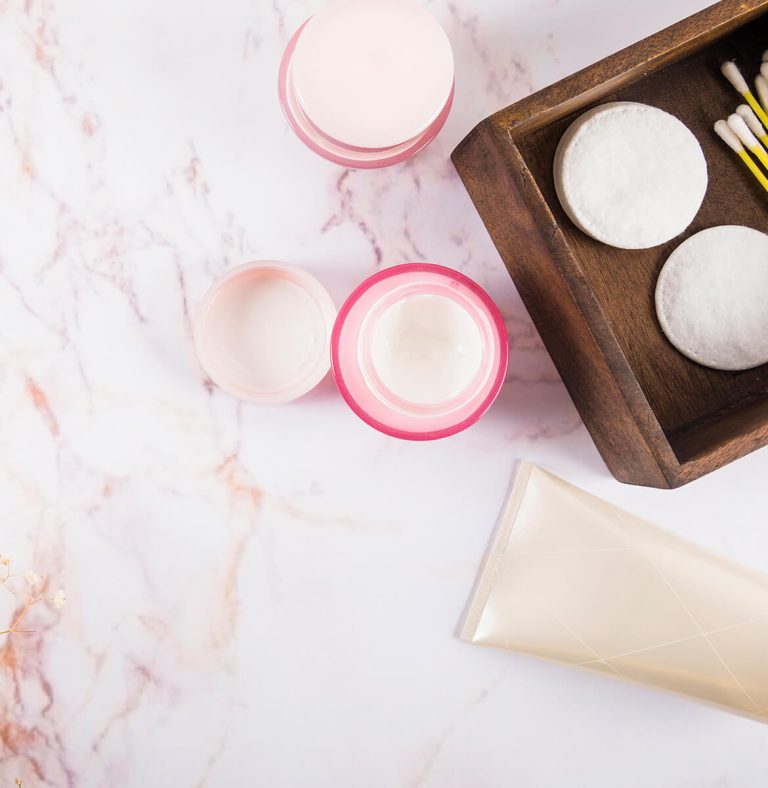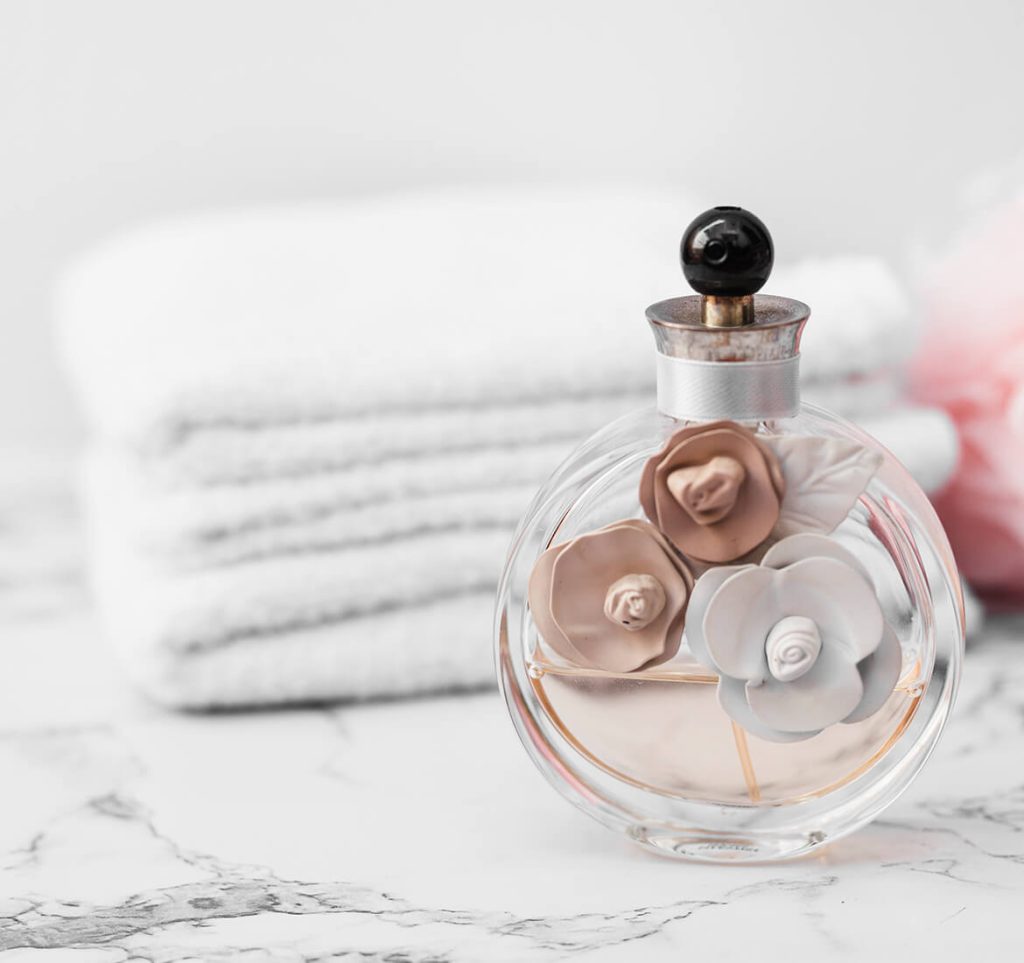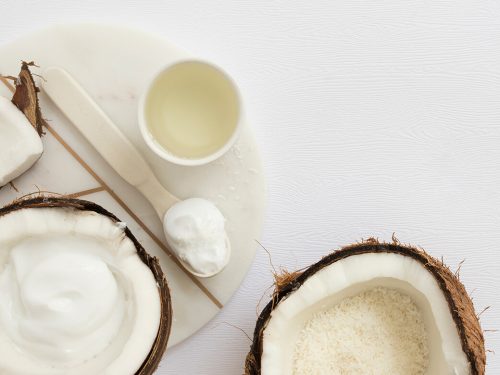Quote post
Those who are not familiar with the chemical names of the ingredients of cosmetics, prefer not to go into details – the list of components on the packaging often resembles a cipher. But with indifference to treat the fact that day after day it appears on your skin is also not quite correct. This material is devoted to the safety of funds in your cosmetic bag, as well as tips that will allow you to analyze the composition of cosmetics.
01. Case Study of Decorative Cosmetics
Before considering each component separately, it is worthwhile to get acquainted with the basic principles of the “device” of the makeup of cosmetics. The order of listing ingredients depends on their concentration. In the first place is always a substance, which is a percentage greater. In the list all components are arranged in descending order. At the very end – substances whose content is about 1%. And the fact that there is in the composition in even smaller quantities may not be prescribed at all.
-

- Decorative cosmetics
-

- Natural cosmetics
Also when analyzing the ingredients, it is useful to know that any agent includes a base (80-90% of the content) and active ingredients (about 10-15% of the composition), as well as additives in the form of preservatives and perfumes (can take up to 5%). Frequently, the safety of a formula depends on the basis. Its task is to ensure the delivery of active ingredients and prevent skin dehydration; At the same time, it is important that it does not disturb the physiological processes in the skin.
02. How to Check, is Cosmetics Safe?
Basic knowledge of the composition of cosmetics in general helps at least offhand to determine whether the manufacturer has taken care of the safety of the composition. If you don’t draw conclusions on your own, contact one of the many support services – for example, Cosmobase, Ecogolik, Ekokosmetika. Some of them offer to completely copy the list of ingredients and as a result give a comprehensive analysis of the composition.

03. Why Cosmetics Chemicals are so Dangares?
Many ingredients are present in the composition only in order to give the agent the necessary properties: for example, to make its texture comfortable and the aroma pleasant. This “benefit” does not extend to the skin. Most often, on the contrary, you can get a skin reaction in the form of irritation. Separate substances can have a negative effect on the hormones, the functioning of organs or even whole systems.
If we consider that harmful components are contained in cosmetics not one by one, but the means that each girl uses every day, maybe a dozen, then the probability of unpleasant consequences increases. In addition, if a particular substance is ingested into the body, a cumulative effect can be observed, which sooner or later will make itself felt.
I’m as proud of many of the things we haven’t done as the things we have done.Lina Suny
All of them act differently, but are most often used to nourish the skin, restore the lipid balance. Thus, avocado oil promotes the production of collagen and elastin, coconut oil helps the skin with antibacterial properties, and macadamia oil has an antipollution effect. About some tools with oils you can read in this article.
Related Posts

Spa treatments for you at home
Those who are not familiar with the chemical names of the ingredients of cosmetics, prefer not to go into details -...

Speed Cleaning Tips From Cleaners
Those who are not familiar with the chemical names of the ingredients of cosmetics, prefer not to go into details -...

Emergency Cleaning Tips For Your Big Day
Those who are not familiar with the chemical names of the ingredients of cosmetics, prefer not to go into details -...
